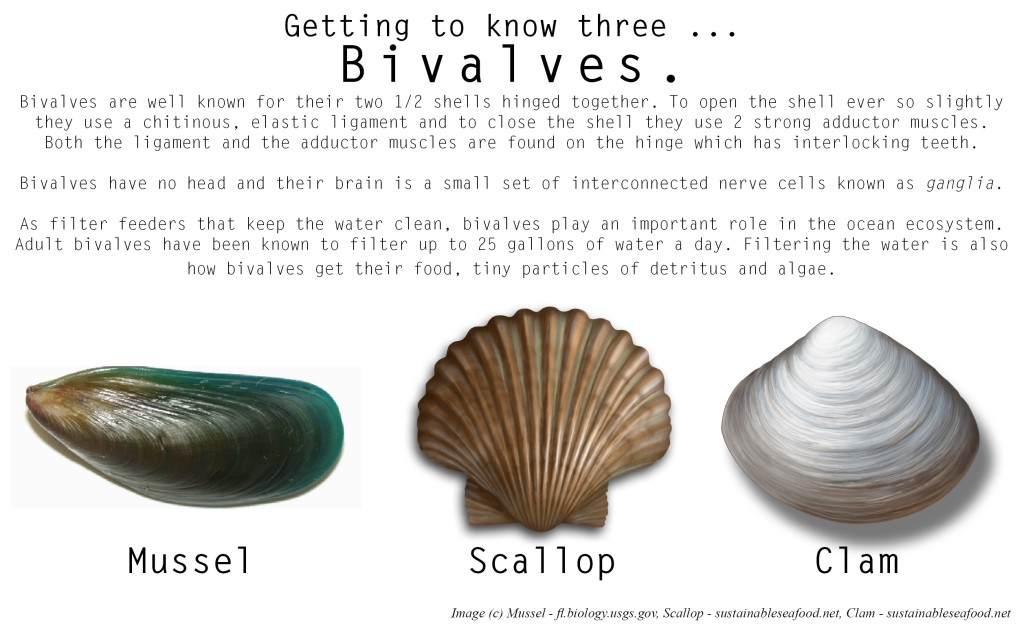
Just one of the 25 Christmas/winter marine themed organisms on the Pinterest board. Check out the others here: http://www.pinterest.com/beachcscientist/christmaswinter-themed-marine-organisms/
Not often. But, the angel shark has been known to strike – if provoked. These strikes are similar to those made by its cartilaginous relatives, rays and skates, coming from the surface of the ocean floor (they’re pretty good with the camouflage as you might notice from the picture on the right). However, unlike rays and skates, the nocturnal angel shark doesn’t have a mouth on the underside of its body, but rather in front. This location is best suited for a diet of crustaceans, mollusks, and flatfish. With their enormous mouth they’ll suck the prey in and swallow it whole.
But, one of the most significant “Did you know?s” about the angel shark are that their lower lobe is longer than the upper lobe, whereas most shark caudal fins are top-heavy.
Also, pretty fun to learn is that angel sharks are ovoviviparous, just like frilled sharks, seahorses, and scorpionfish. This means “The young sharks tend to develop inside the female mothers.”


























What people are saying …